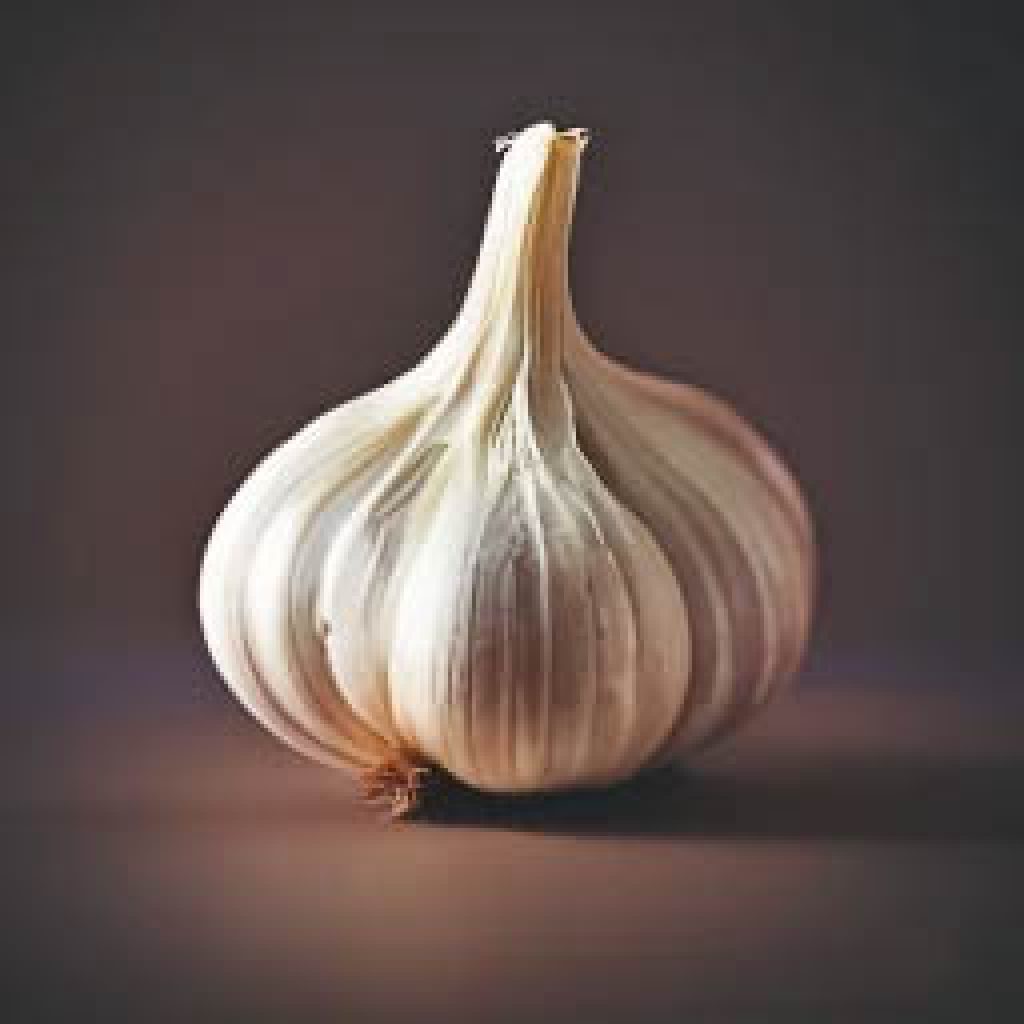garlic cultivation
Common name: Garlic
Description :
Garlic (Allium sativum) is a bulbous plant belonging to the Liliaceae family. It is widely grown for its aromatic bulbs, which are used in cooking to add flavor and aroma to dishes. Garlic bulbs are made up of several cloves of garlic that are covered with a white or pink skin.
Growth conditions:
Garlic prefers temperate climates and generally grows best in areas with cold winters and hot summers. It requires good sunlight, but can also tolerate some partial shade. The soil should be well-drained, fertile and slightly acidic, with a pH between 6 and 7.
Planting:
Garlic is usually planted in the fall, about 4-6 weeks before the first frost, to allow the bulbs to develop over winter. Bulbs should be broken into individual pods just before planting. Plant the pods about 5 to 7 centimeters deep and space them about 10 to 15 centimeters apart. Be sure to plant the pointed part up.
Interview :
Garlic needs regular watering, especially during dry spells, but be careful not to overwater it as too much moisture can cause the bulbs to rot. It is also important to weed regularly to avoid weed competition. Applying an organic mulch around plants can help maintain soil moisture and control weeds.
Harvest :
Harvesting garlic can be done when the leaves begin to turn yellow and dry out, usually about 8-10 months after planting. Gently pull out the bulbs using a pitchfork or shovel. Let them dry in a well-ventilated place for a few weeks until the leaves are completely dry.
Diseases and pests:
The main diseases during garlic cultivation include bulb rot, mildew and fusarium. To prevent disease, it is important to choose resistant varieties, plant in well-drained soil, avoid excess moisture and practice crop rotation. Common garlic pests include aphids, thrips and nematodes.
multiplication:
The culture of garlic can be propagated by dividing the bulbs. Separate the bulbs into individual pods and replant them following the same planting guidelines as for whole bulbs.
Additional tips:
To maximize the quality of garlic bulbs, avoid overwatering during the final weeks before harvest, as this can dilute flavor and reduce shelf life. Also, be sure to remove any flowers growing from the central stem, as this can drain the bulb’s energy. Crop rotation is also recommended to prevent soil depletion and reduce disease risk.
In conclusion, garlic is a popular bulbous plant grown for its distinctive taste and aroma in the kitchen. By following proper planting, care, and harvesting practices, you can successfully grow your own garlic in your garden. Remember to choose varieties suitable for your region and take preventive measures against diseases and pests to obtain an abundant and quality harvest. Enjoy the flavorful addition of garlic to your favorite dishes!
